|
Yes, I think you might have a clue from the picture, that this relates primarily to those carrying a child & typically in the last trimester of pregnancy or when visually pregnant. Specifically speaking about the inferior vena cava as it is the largest vein in the body and carries de-oxygenated blood from the lower part of the body back to the heart & lungs to be re-oxygenated. The blood enters back into the heart through the right atrium of the heart. It also has valves to stop blood flowing, in a downward direction with gravity. Isn’t the body marvellously made! A vein is not like an artery that, which has thicker vessel walls. Therefore, this large diameter vein actually has very thin walls and can be put under pressure causing the blood traveling back to the heart to be either restricted or even completely stopped. It lies to the right side of the vertebral column in the abdominal cavity. Why do we think of this for those mum’s to be? Imagine if the blood flow is limited to both mum and bub during a first aid emergency. If CPR is required start straight away don’t delay and if there is something you can utilize available, chock up her right hip at approximately 15-30 ◦. We suggest something such as a rolled-up towel, jumper, her handbag, pillow or cushion. This will move the baby and fluid etc to her left off the uterus and off the right side where this major vein is located. This is not to compromise the quality of compression's so it is best if their shoulders remain flat.
If your casualty is unconscious and breathing normally then there is no need to commence CPR, PHEW! However, they still need to be placed into the recovery position and guess which side that should be! “Labour to their LEFT” is the saying we teach for you to recall this when needed. How do you remember? This is stated in the Australian Resuscitation Council ANZCOR Guideline 6- Compression's ‘There are no published studies of optimum positioning in pregnant women undergoing cardiopulmonary resuscitation (CPR) so recommendations to date are extrapolated from manikin studies or studies of pregnant women who are not in cardiac arrest.’
1 Comment
This is one of those topics that always creates a big discussion especially for certain industries that are at potential high risks for injuries, but in general there will be a level of anxiety for this potential situation. What is it?Crush injury
What can cause it?
Oh, there are some scary looking animals around that can give quite a horrible bite or sting, but unless someone suffers an allergic reaction or anaphylaxis, they may not even require medical assistance. Usually Ticks, wasps, ants, scorpions & centipedes can cause immediate and intense local pain around the bite or sting area, as well as localized redness and swelling.
If bites or stings occur around the face or neck area even if they are not allergic to the animal, this can cause difficulty breathing and require immediate first aid and medical attention.
A lot of us have heard of the terrible situations where people have died from hypothermia and usually this is in places where there is snow, frost and ice. Can this happen here in Brisbane? Well the answer is yes! It sure can and there has been people who have nearly lost their lives or have indeed died. Just last year a man was pulled out of the Brisbane River suffering hypothermia, fortunately he was pulled out by two men who were nearby. A fishing boat was swamped by two waves early in the morning in Moreton bay and capsized, plunging the three occupants into the water, where one died and one other hung on to an esky and another to a fuel drum, until they were rescued and transported to hospital with hypothermia. COMMON CAUSESHypothermia (hypo=low) is when the body temperature drops below 35°C, our temperature usually sits at 37ºC but can vary .5ºC of a degree either way and still be normal for that person. Hypothermia can happen when someone is in temperatures under 10°C for a long time, or if they have been in cold water such as a lake or the ocean when it is less than 20°C even someone working in a freezer room can experience hypothermia, especially when they don't wear the correct clothing, in the workplace this is called PPE (Personal protective equipment). They may not always be aware of what they are experiencing and therefore not realise their need for medical attention. The body has only a few degrees tolerance so if it is below 32°C this is indeed life threatening. Hypothermia can occur very suddenly such as falling into icy water or gradually being a deceptive process. WHO IS AT RISK?
Antihistamine, I am sure you all have heard about, is used to counteract the bodies reaction to allergens as the body releases Histamine via the immune system to react to the allergen. It does not prevent Anaphylaxis occurring. The difference is that allergies can be life threatening but food intolerance symptoms are generally less serious an often limited to digestive problems. The body will react differently and some such mild reactions are hives or welts, swelling of the lips, eyes or face,tingling of the mouth, abdominal pain, vomiting or wheeze and severe reactions are, difficult or noisy breathing, swelling of the tongue, welling or tightness in the throat, difficulty talking and or hoarse voice,wheezing or persistent cough, dizziness or collapse, pale and floppy for young children abdominal pain and vomiting if the reaction is from an insect.
Anaphylaxis is the most severe life threatening form of allergic reaction which compromised the airways. Some people can have a severe allergic reaction which is horrible and horrendous, but not be life threatening. With Anaphylaxis symptoms can appear in just a few minutes after exposure but it can possibly also take up to two hours to develop. It affects multiple systems of the body such as the respiratory, cardiovascular, skin and gastrointestinal but these latter two are not in every case. Medical confirmation is always required for Anaphylaxis and should be accompanied with an ASCIA Action Plan filled out by there GP and updated reasonably regularly, it is suggested every 12 months -16 Months. Peanuts are one of the highest risk allergens at this time in Australia and is the most common cause of deaths from foods. Food induced anaphylaxis rarely occurs unless the food is ingested, but still can happen. It is increasing especially in children and the rates have doubled over the last 10 years & is now at approximately 1 in 30 children & 1 in 200 Adults. Even micro amounts of peanut can cause a reaction in extremely sensitive people but not all with a peanut allergy will experience a sever reaction. |
AuthorI'm all about educating those who have completed a First Aid Course & those that haven't....... You can B-The one to make a difference so B-Ready! Archives
February 2018
Categories |
We Would Love to Have You train with us!
HoursOffice hours
M-Th: 9am - 5pm F: 9am-4pm |
Telephone |
|
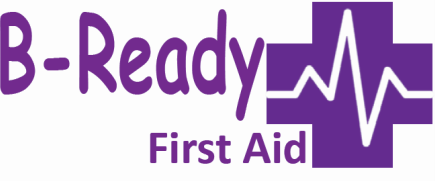

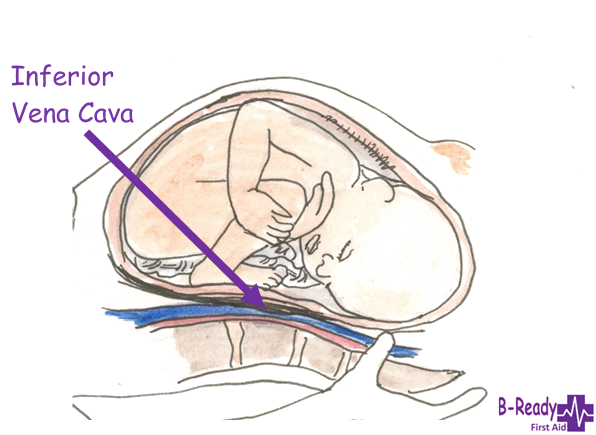
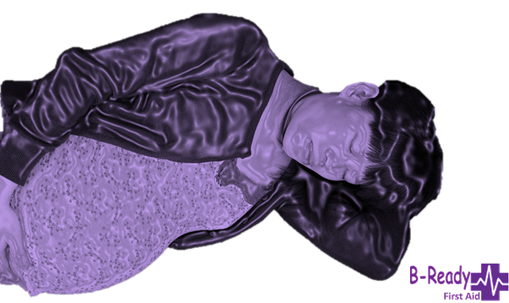
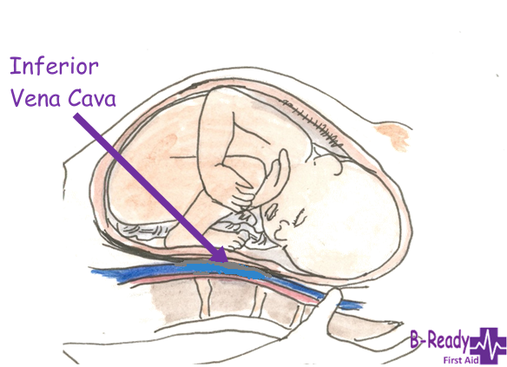
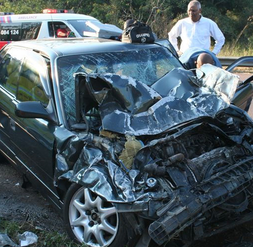
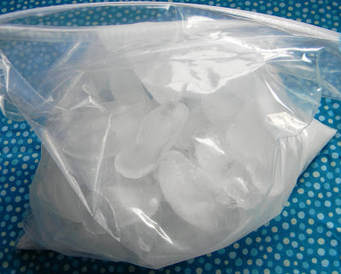
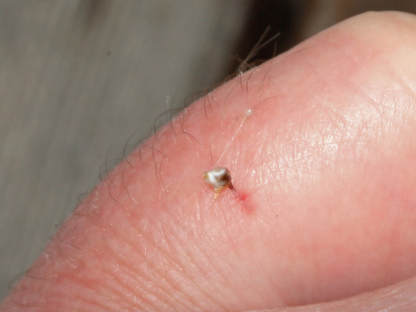
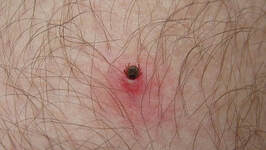
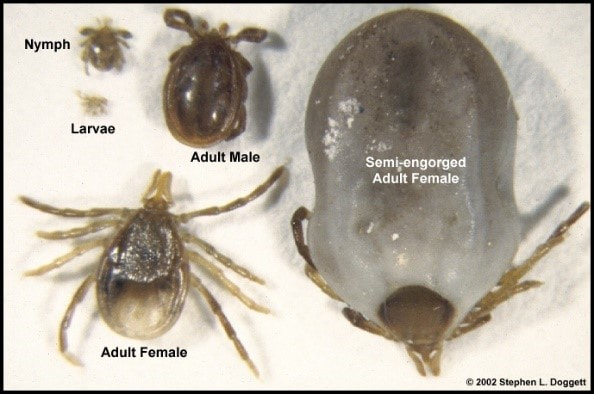
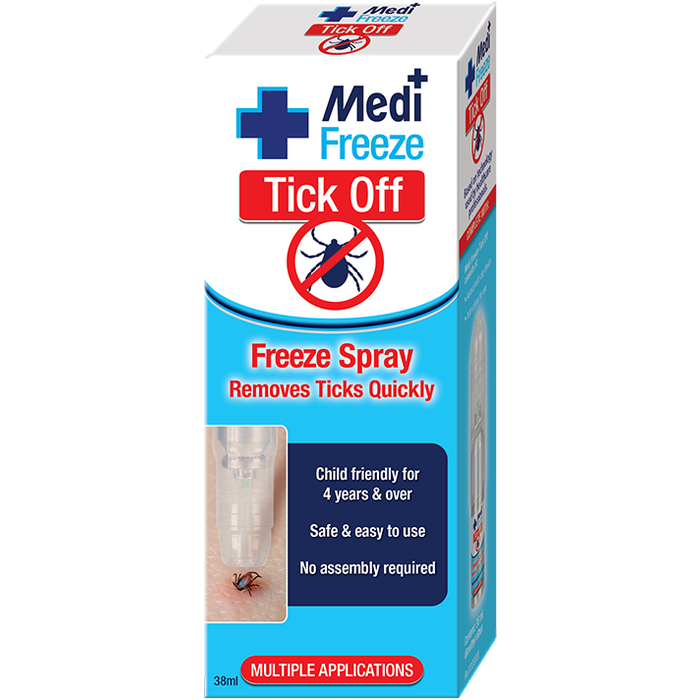
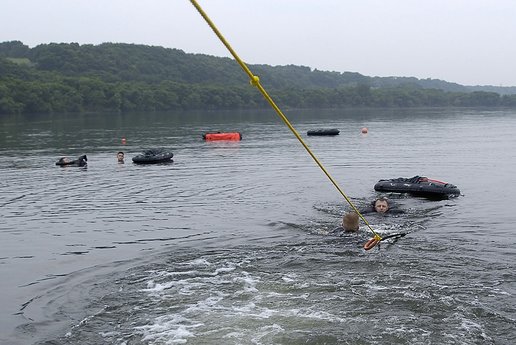


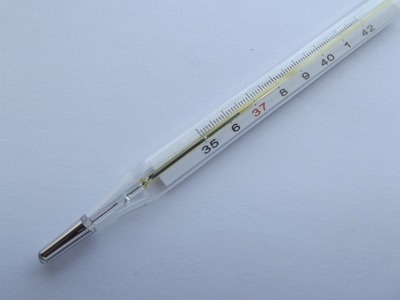
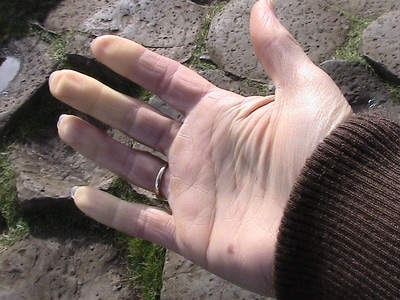
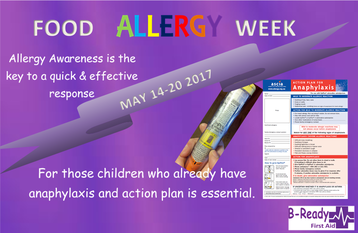
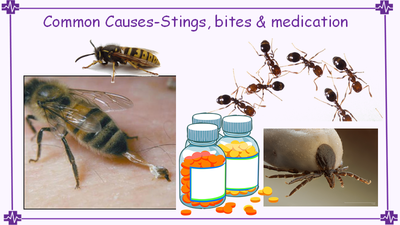
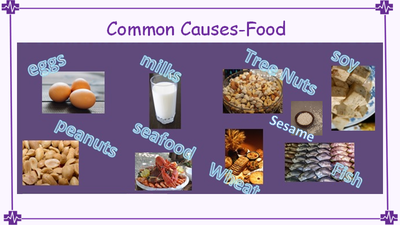
 RSS Feed
RSS Feed


